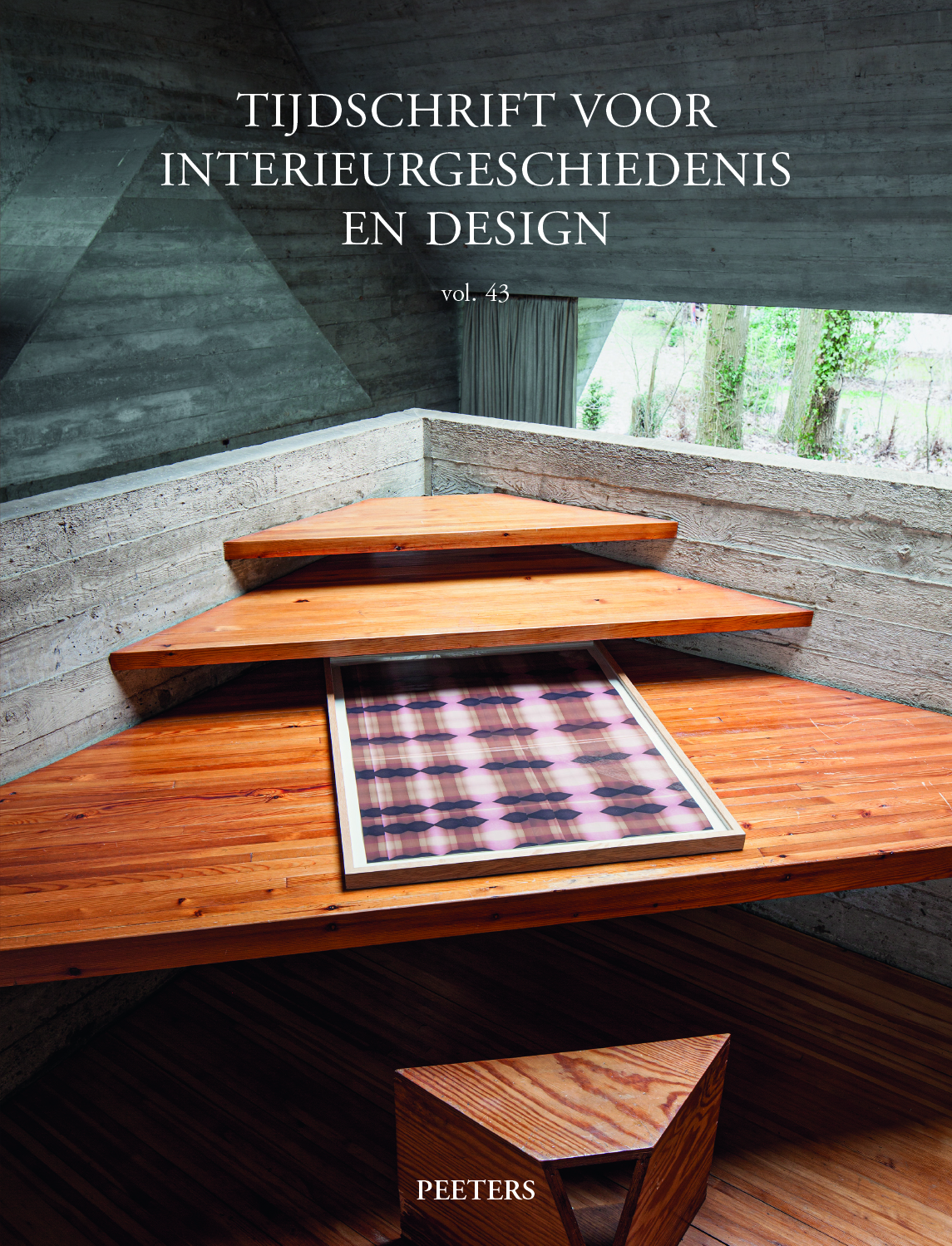 previous article in this issue previous article in this issue | next article in this issue  |

Preview first page |
Document Details : Title: Modelwoningen op Expo 58 Subtitle: Drie cases: de Nederlandse, Duitse en Franse paviljoenen Author(s): BAUWENS, Iris , GOESSAERT, Céline Journal: Tijdschrift voor Interieurgeschiedenis en Design Volume: 36 Date: 2007-2009 Pages: 87-107 DOI: 10.2143/GBI.36.0.2131157 Abstract : Model homes have always held an important place in national and international exhibitions such as the Great Exhibition in London (1851) and the Exposition Universelle in Paris (1867). Particularly after the Second World War, many model homes primarily attempted to offer solutions to the material and psychological problems of people without house and home. At Expo 58, the first post-war world exhibition, held in Brussels, model homes were thus presented in various pavilions, including those of the Netherlands, France and Germany. In their Introduction in the Journal of Contemporary History, Paul Betts and David Crowley write that after the Second World War the reconstruction of Europe was associated with the re-establishment of calm. A house was thus above all intended to be a place of refuge and relaxation. Beatriz Colomina examines another aspect of model homes in her article The Exhibitionist House. She shows how the house could also be a communication medium. Model homes could create an artificial world by commercialising and mediatising daily life. In this way they were able to reach a large audience, thus becoming a particularly favoured way to emphasise contemporary social values and developments. This article will demonstrate that the model homes in the Dutch, French and German pavilions at Expo 58 can be seen as communications media that were able to articulate and communicate the message of a successful reconstruction and a ‘new’ national identity. The Netherlands’ chief goal was to portray itself as a nation that dared to look the future in the face, as it had done after the floods in 1953. France aimed mainly to stress its tradition of elegance and savoir faire in the area of interior decoration, while Germany, as a post-Fascist country, turned to the modern style as a way of making a resolute break with the past, both in terms of aesthetics and ideology. The primary source material from, inter alia, the Centre des Arts Contemporaines (CAC) in Fontainebleau, the Musée des Arts Décoratifs in Paris and the Nederlands Architectuurinstituut (Nai) in Rotterdam provided us with a great deal of detailed information on the materials used, the designs and the staff, while the secondary source material, consisting mainly of contemporary magazines, offered a clear photographic record of the model homes. These sources allowed us to see how model homes were received by the press and the public at large. |
|


